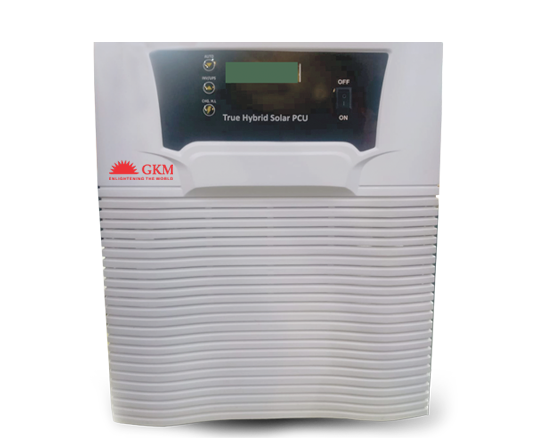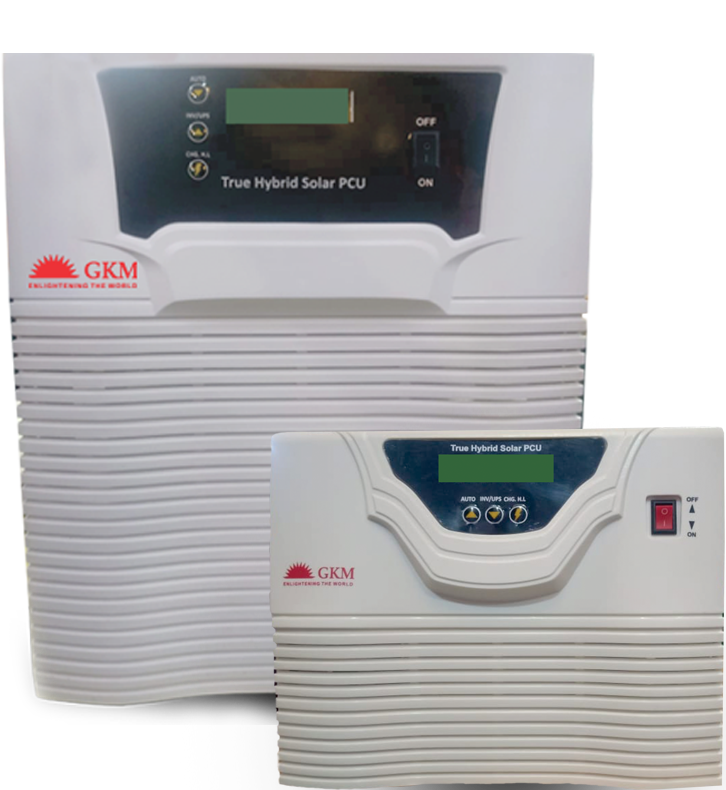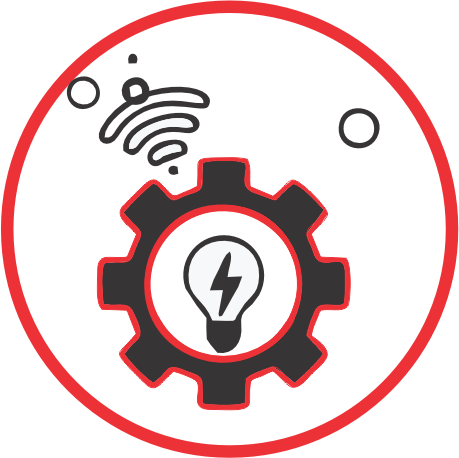MPPT Solar Home PCU (GKM SunSpark)
MPPT (Maximum Power Point Tracking) solar inverters are advanced electronic devices designed to optimize the energy harvest from solar photovoltaic (PV) panels by continuously adjusting the operating point of the panels to ensure maximum power output. MPPT inverters have become the preferred choice for most solar PV installations, offering superior performance under varying conditions and contributing to the widespread adoption of solar energy as a renewable and sustainable power source.








